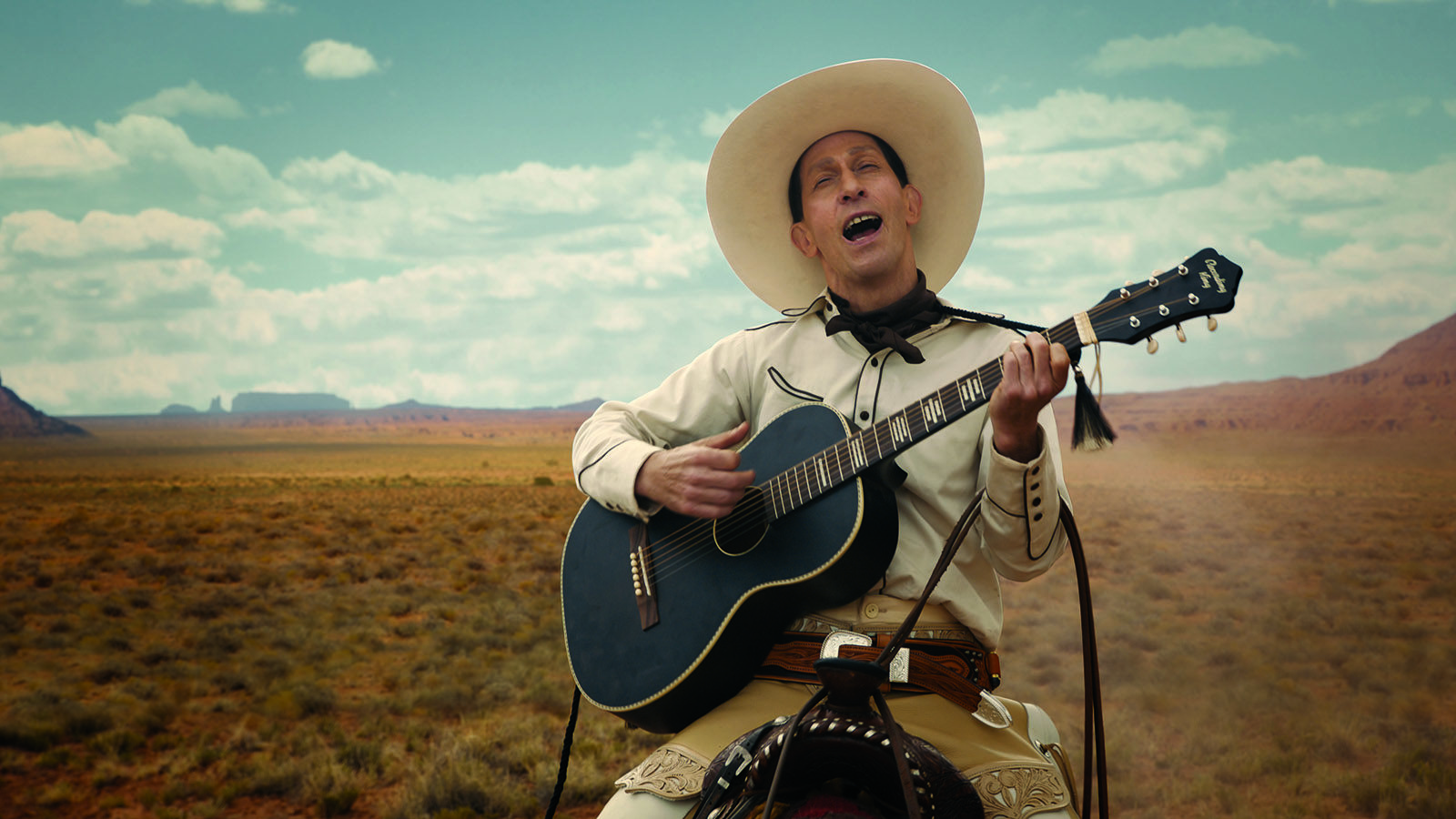This class is part of the three-class series, Confronting Whiteness in Hollywood series. You can purchase a discounted package of all three classes of $51 ($39 SIFF Members).
Buy Package
CLASS SPECIFICS:
February 20, 2020
7:00 PM - 9:00 PM
SIFF Film Center
$20 | $15 SIFF Members
CERTIFICATED EDUCATORS: This class is available for 2 Continuing Education Clock Hours through the Puget Sound Educational Service District. There is additional administrative cost through the ESD to redeem the hours. See additional clock hour class offerings and email us if you have any questions.
CLASS WORKLOAD:
Student in this class will be expected to have seen The Ballad of Buster Scruggs (Joel and Ethan Coen, 2018) in advance of the class. It is also recommended to have a familiarity or recent viewing of The Last of the Mohicans (Michael Mann, 1992), Oklahoma (Fred Zinnemann, 1955), and She Wore a Yellow Ribbon (John Ford, 1949). There may be supplemental readings shared in advance of the class, but beyond viewing the film(s) and participating in the class conversation, there are no additional pre-requisites.
ABOUT THE INSTRUCTOR:
Randa Tawil is a PhD Candidate at Yale University in the Department of American Studies, where she teaches courses on race, gender, and migration in the American Film Musical. Her research interests include history of migration, diaspora, and film, and has written several articles on these issues for the Washington Post. Her work is supported by the Yale Macmillan Center, Yale American Studies Department, and the Mellon/ACLS Foundation. Visit randatawil.com
ABOUT CONFRONTING WHITENESS IN HOLLYWOOD SERIES:
"If whiteness gains currency by being unnoticed, then what does it mean to notice whiteness?" -Sara Ahmed. Whiteness is everywhere in Hollywood films, and yet rarely discussed. Even in films which take up race as a central question or problem, whiteness often serves as a neutral or natural backdrop through which stories of race are told. In this series, we discuss "white savior" movies, and what these movies can teach us about the deliberate and subconscious construction of whiteness in American cinema.



